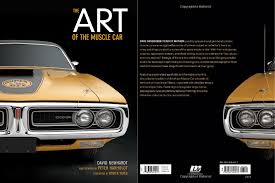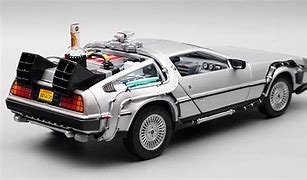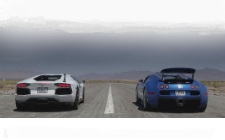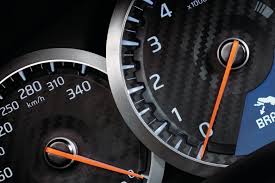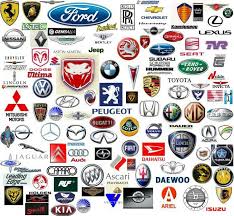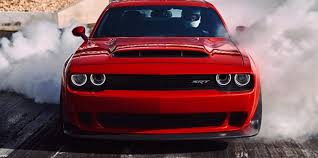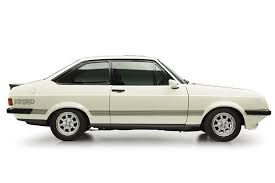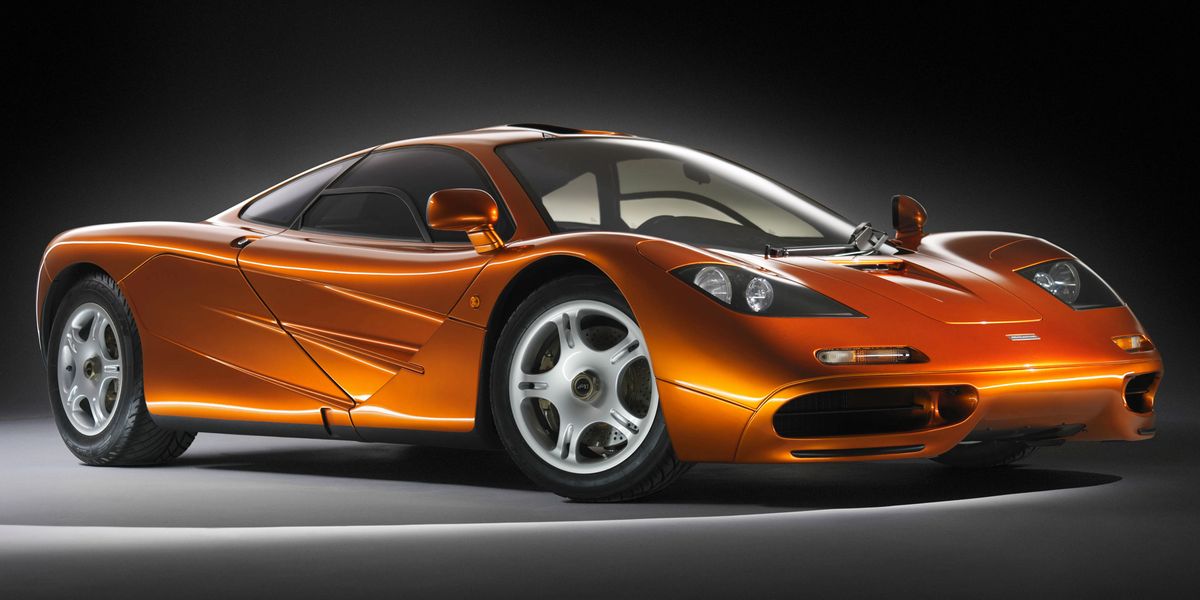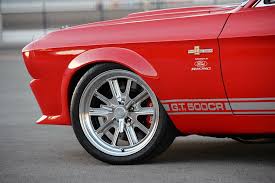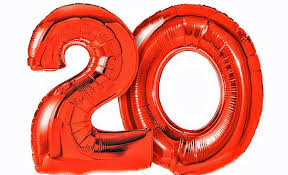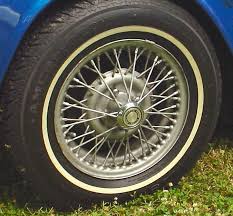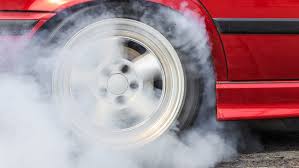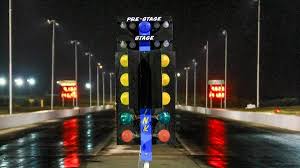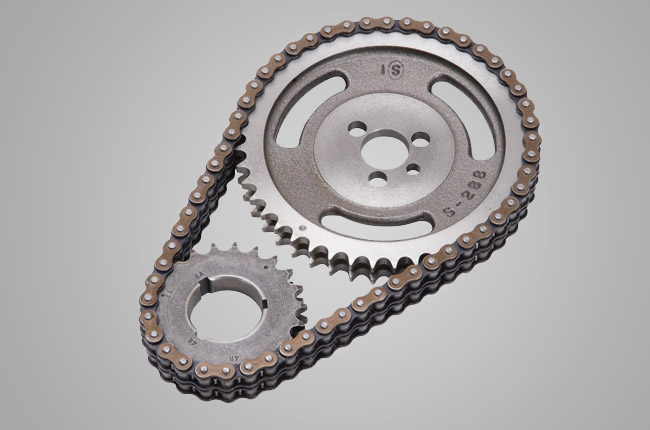


This edition of the Caterham 7 485 2.0L is the 6 speed / Manual version and was first brought out in 2013. This was at around the same time as the introduction of the 2014 Tesla Model S P100D Ludicrous Performance and the 2014 Koenigsegg One 1 5.1 V8 Twin Turbo.This particular Caterham 7 has a 1999cc Naturally Aspirated Petrol powerplant with 4 cylinders in a St formation.
The 7 shares its Petrol St4 engine configuration with the likes of the 2019 Ariel Atom 4 2.0 Turbo and the 2013 Caterham 7 620 R 2.0 L Supercharged. If you're looking for other fast cars which share the 7's Rear Wheel Drive, Coupe combination then how about the 1982 Fiat X1/9 1.5 8V or the 1965 Aston-Martin DB6 1965.
Weighing in at 525 kgs (1157 lbs) this makes the Caterham 7 485 2.0L in the same weight category as the 2012 Ariel Atom Mugen or the give or take 50kg.
![Mini Cooper John Cooper Works Cabrio 2.0 Turbo - [2022] image Mini Cooper John Cooper Works Cabrio 2.0 Turbo - [2022] image](/editionimages/2340.jpg)
The Caterham 7 shares the same bhp with the 2022 Mini Cooper John Cooper Works Cabrio 2.0 Turbo (228 bhp)
In terms of power the 1999cc 16V St4 engine produces 237 bhp (176 kW) @ 8500 rpm similar to the 2022 Mini Cooper John Cooper Works Cabrio 2.0 Turbo (228 bhp) or the 2020 Lotus Elise Cup 250 1.8 Supercharged (243 bhp).
The Naturally Aspirated St4 throws out 152 lb-ft (206.0 Nm) @ 6300 rpm placing it with cars of similar torque performance figures such as the 2022 Mini Cooper Countryman John Cooper Works 1.5 Turbo (162 lb-ft) or the 2018 Abarth 595 Turismo 1.4 Turbo (170 lb-ft).
If one combines the weight with power or torque performance for the Caterham 7 you can get a better idea of it's real world performance.
The Caterham 7 has a Power to weight ratio of 451.4 bhp per ton and 289.5 lb-ft per ton. Bhp Per Ton figures of the 2013 7 competing with the 2002 Ferrari Enzo 6.0 V12 (476.1 bhp per ton) or the 2018 McLaren 600LT 3.8 V8 Bi-Turbo (474.7 bhp per ton).
If you agree with the late great Carroll Shelby then arguably an even better indicator of potential performance, Torque. Use weight as well and you end up with - Torque per ton, with the Caterham 7 generating around 289.5 lb-ft per ton. If you're curious as to what other cars have as much torque to weight then look no further than the 2021 Aston-Martin Speedster 5.2 V12 Twin Turbo (314.4 lb-ft per ton) or the 1966 Chevrolet Corvette C2 Stingray 427 425hp (314.4 lb-ft per ton).
With a 0-60mph time of 3.30 secs or a 0-100km/h (0-62mph) of 3.4 secs, this made the Caterham 7 485 2.0L as fast as the 2023 Porsche Boxster Spyder RS 4.0 982 (3.30 secs) the 2023 Ferrari Roma Spider 3.9 V8 Turbo (3.30 secs) the 2023 BMW 3 Series M3 CS 3.0 Twin Turbo G80 (3.30 secs) the or the 2022 KTM X-Bow GT-XR 2.5 Turbo (3.30 secs). This Caterham 7 485 2.0L is also faster than the 2023 Aston-Martin DBS 770 Ultimate Volante 5.2 V12 Twin Turbo (3.40 secs) the 2022 BMW 3 Series M3 Competition Touring 3.0 xDrive (3.40 secs) the 2022 Aston-Martin Vantage 5.2 V12 Twin Turbo Roadster (3.40 secs) the and the 2022 Aston-Martin Vantage V12 5.2 Twin Turbo (3.40 secs).
When talking about the performance of the Caterham 7 on the drag strip it can reach a quarter mile in an estimated 10.96 secs @ 124.8 mph. Similar performance down the quarter mile can be found with the the 1969 Lamborghini Islero 400 GTS (10.91 secs), the 2000 Aston-Martin Vanquish 5.9 V12 (10.92 secs), and the 2018 BMW 2 Series M2 Competition Twin Turbo F87 (10.92 secs).
Modern performance cars are often artificially restricted to 155mph. The 2013 version of the Caterham 7 485 2.0L has a maximum speed of 140mph.
If maxing out your car on the AutoBahn is your thing and you're wondering what's faster than the 2013 Caterham 7 485 2.0L then how about the 2020 Lotus Elise Cup 250 1.8 Supercharged (151 mph), the 2013 Volkswagen-VW Polo R WRC 2.0 Turbo (151 mph), or the 2006 Volkswagen-VW Golf GTi Edition 30 DSG (151 mph).






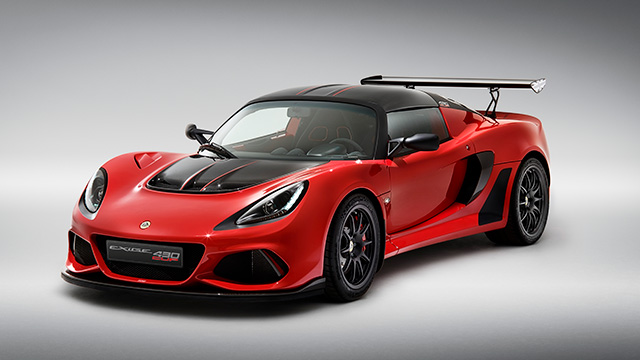
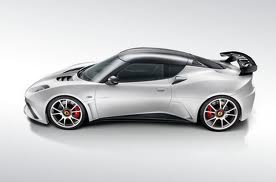


Peugeot 207 CC GT
Engine: Naturally Aspirated Petrol | 1598cc 16v St4
Top Speed: 129 mph
0-60mph: 8.40 seconds

Ferrari 575 M Fiorano
Engine: Naturally Aspirated Petrol | 5748cc 48v V12
Top Speed: 325.0 kph
0-100kph: 4.3 seconds
